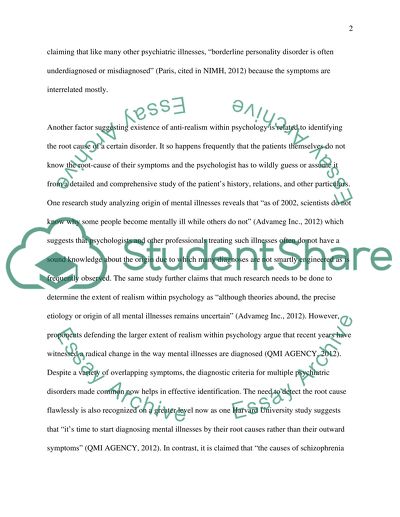Cite this document
(“Realism within psychology Essay Example | Topics and Well Written Essays - 2000 words”, n.d.)
Realism within psychology Essay Example | Topics and Well Written Essays - 2000 words. Retrieved from https://studentshare.org/psychology/1457787-realism-within-psychology
Realism within psychology Essay Example | Topics and Well Written Essays - 2000 words. Retrieved from https://studentshare.org/psychology/1457787-realism-within-psychology
(Realism Within Psychology Essay Example | Topics and Well Written Essays - 2000 Words)
Realism Within Psychology Essay Example | Topics and Well Written Essays - 2000 Words. https://studentshare.org/psychology/1457787-realism-within-psychology.
Realism Within Psychology Essay Example | Topics and Well Written Essays - 2000 Words. https://studentshare.org/psychology/1457787-realism-within-psychology.
“Realism Within Psychology Essay Example | Topics and Well Written Essays - 2000 Words”, n.d. https://studentshare.org/psychology/1457787-realism-within-psychology.


